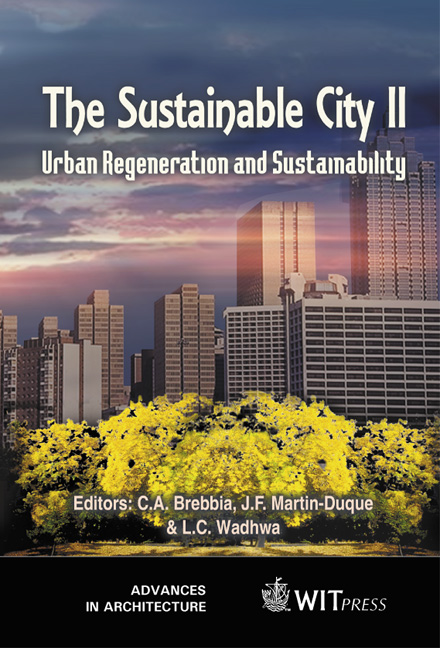A Semi-parametric Analysis On Carbon Monoxide Distribution
Price
Free (open access)
Transaction
Volume
54
Pages
Published
2002
Size
419 kb
Paper DOI
10.2495/URS020871
Copyright
WIT Press
Author(s)
C De Lucia & L Leonida
Abstract
The purpose of the present work is to study the distribution of carbon monoxide emissions among European countries at NUTS level 2. By applying a non- parametric technique and accurately weighting the sample observed, it is possible to study the effects of sectoral composition of GDP, the localisation factors for the Objective 1 Regions of the European Structural Fund Framework and growth rates on the entire distribution of the environmental pollutant. Results suggests the presence of a bimodal distribution for carbon monoxide emissions that would confirm 1) the highest concentration of the pollutant in highly populated urban centres and 2) the influence of the industrial and agricultural sector on the entire distribution. 1 Introduction According to the Carbon Monoxide Position Paper (1999) adopted by the European Commission for the \“Framework Directive” on ambient air quality, carbon monoxide is one of the most harmful air pollutant for human health, as well as being a precursor for greenhouse gases. The EMEP / CORINAIR 1999 emission inventory shows that the major emission source is road transport accounting for two-thirds (about 125 Mtonnes) of the total EU emission. Therefore, higher levels of CO are expected in high population increases because of higher income growth rates, then differences in income growth and spatial localisation of regions should affect the shape of the CO distribution. The present article analyses the distribution of carbon monoxide emissions among the EU interstate regions with regards to: a) objective I (OBJI, hereafter) Regions of the EU Structural Funds financial framework as factor of localisation: b) GDP growth rate for the period 1985 - 1990; and c) the composition of economic activity for agriculture and industry sectors. The structure of the present work is organised as follows: section 2 relates to the methodology and data; section 3 presents the empirical results; and section 4concludes.
Keywords





